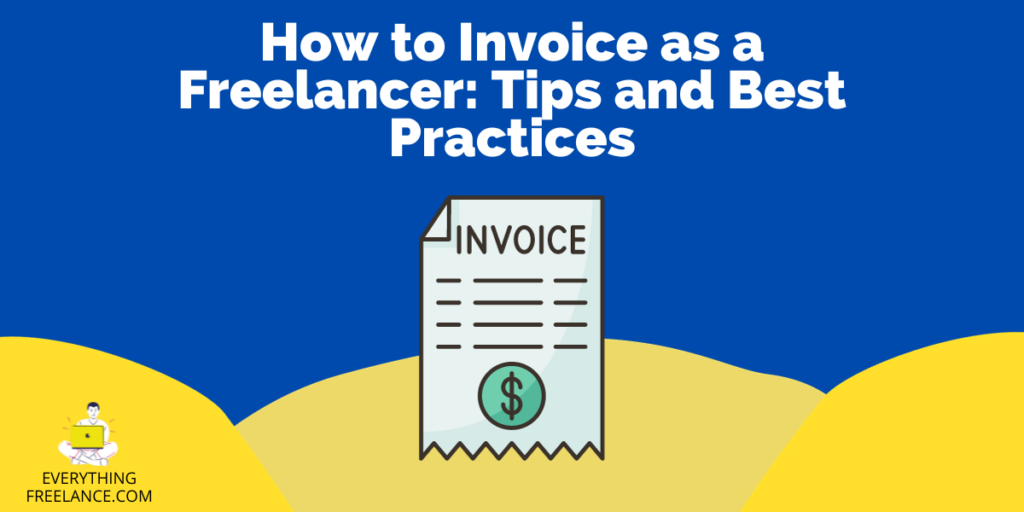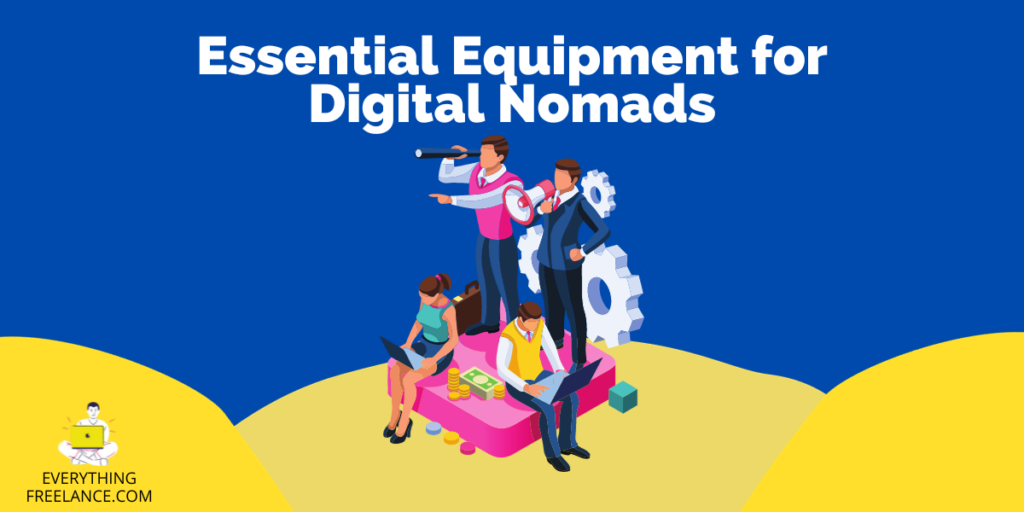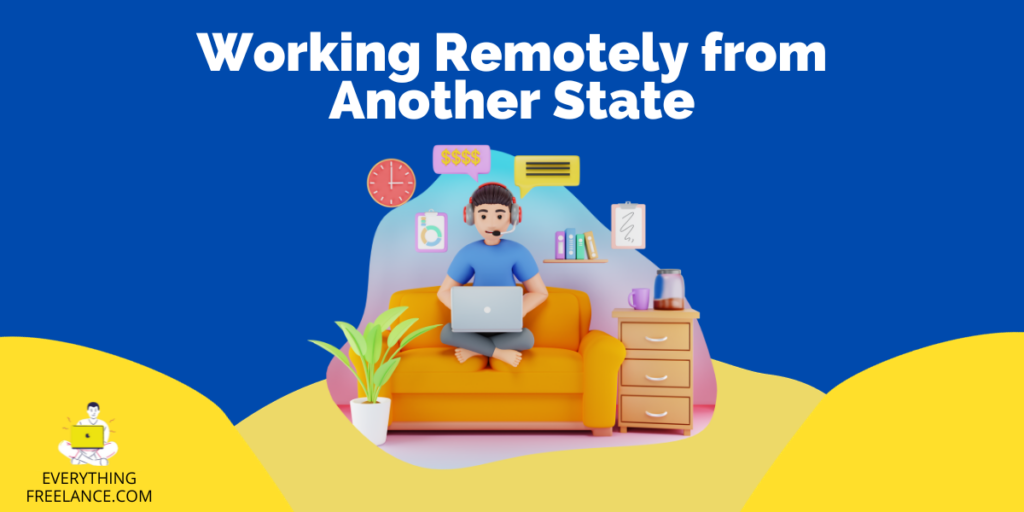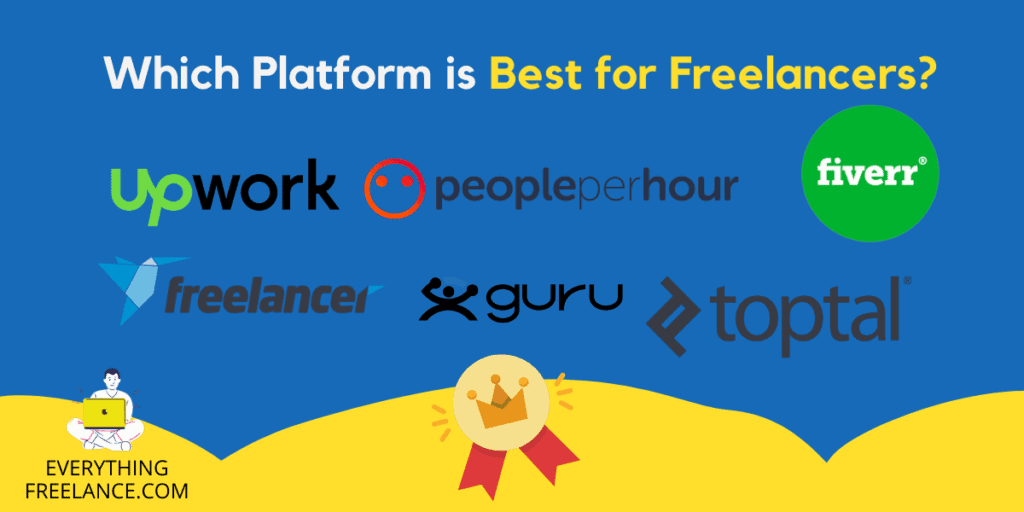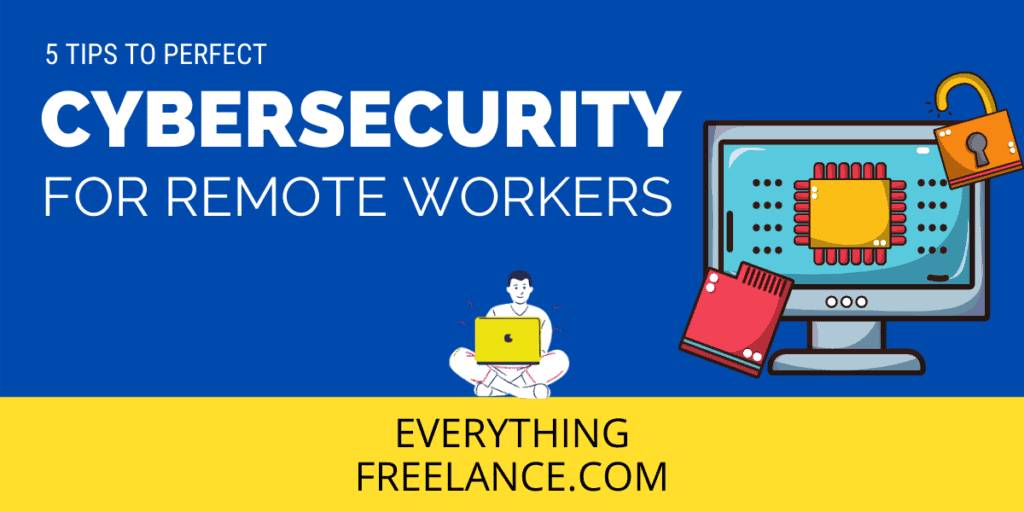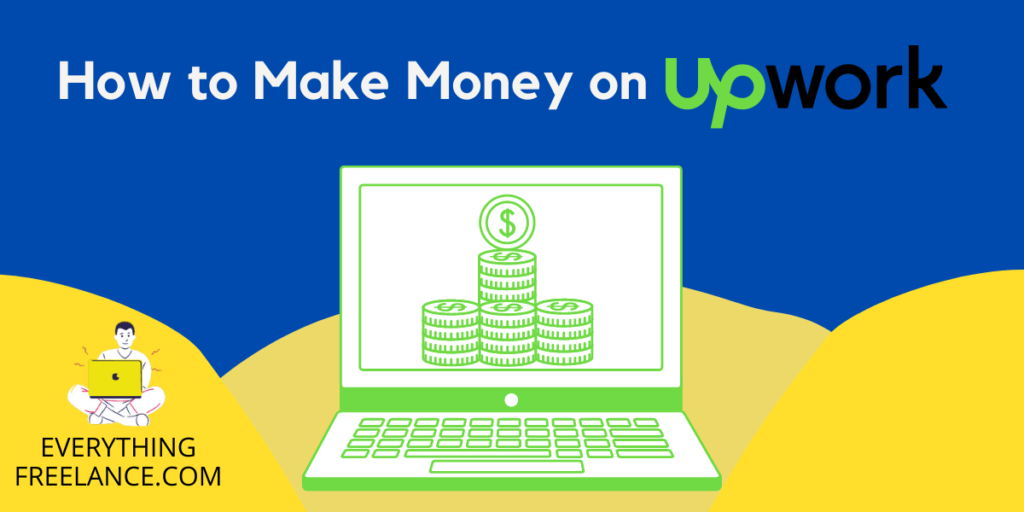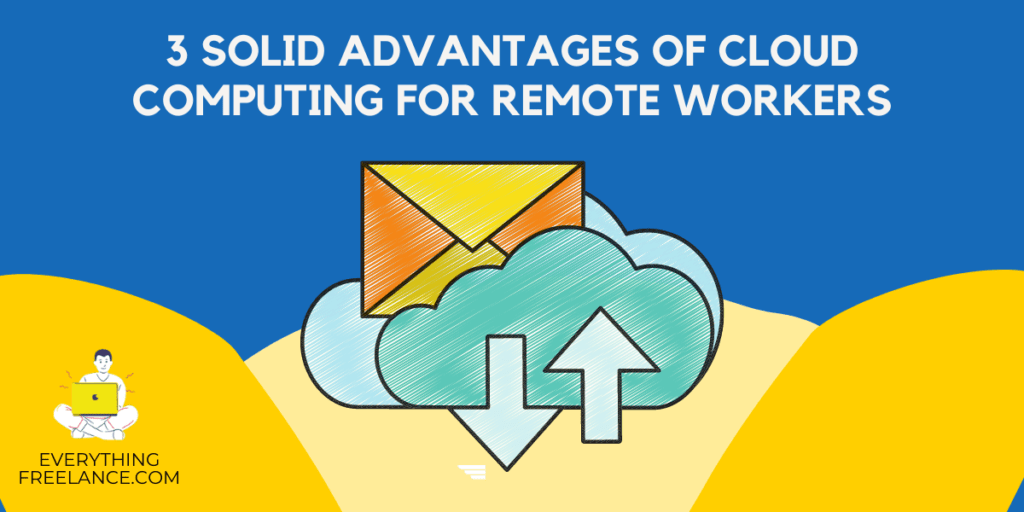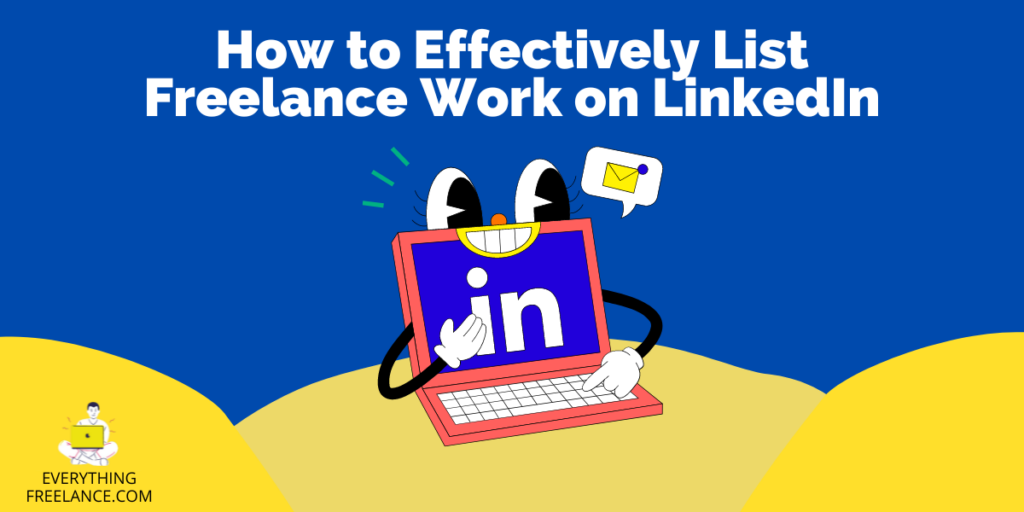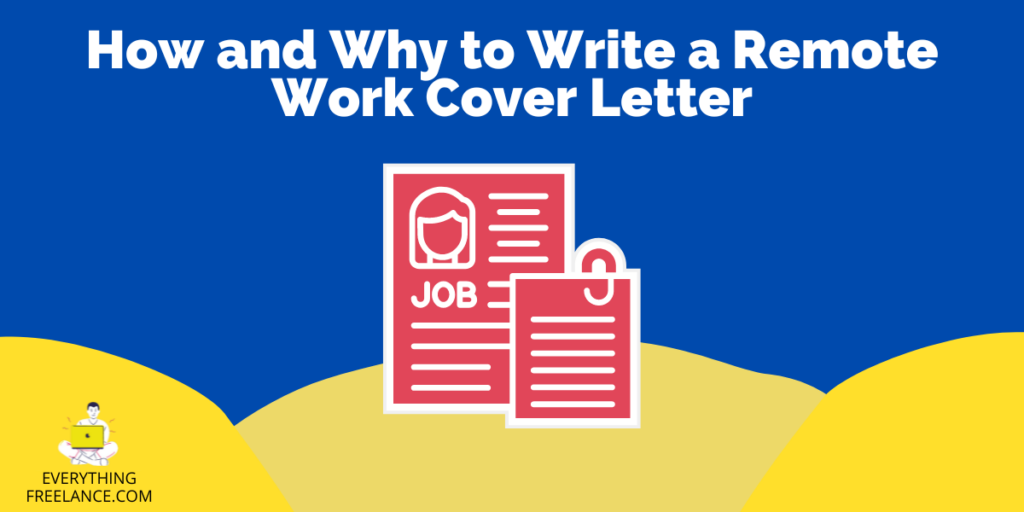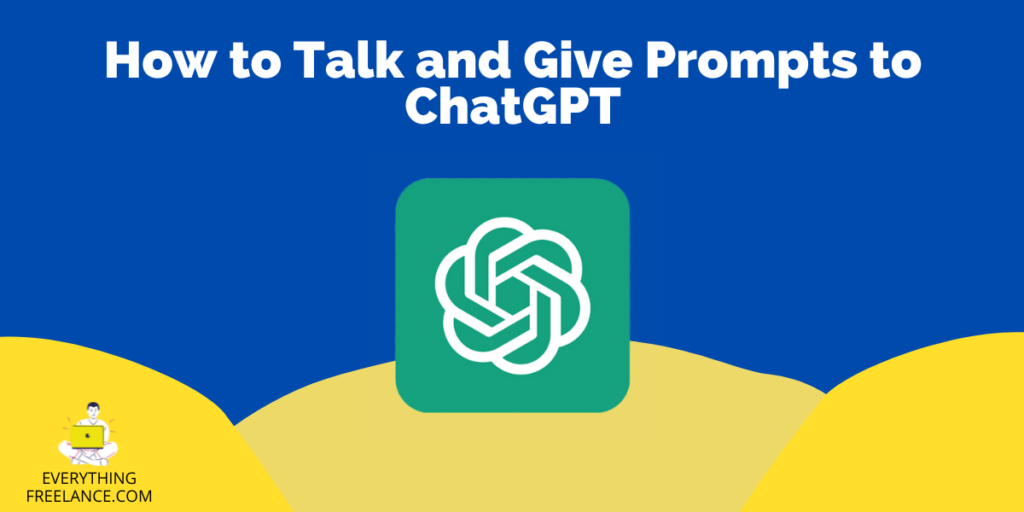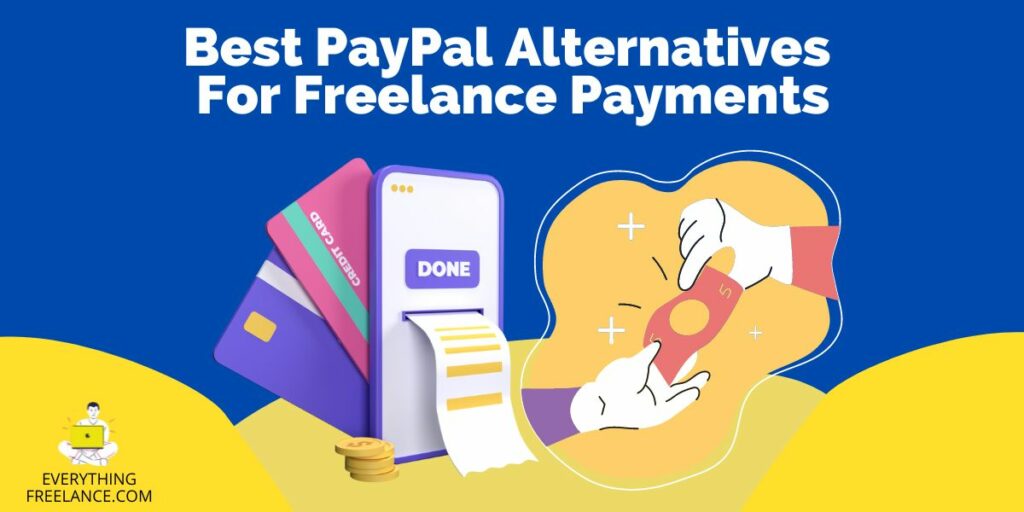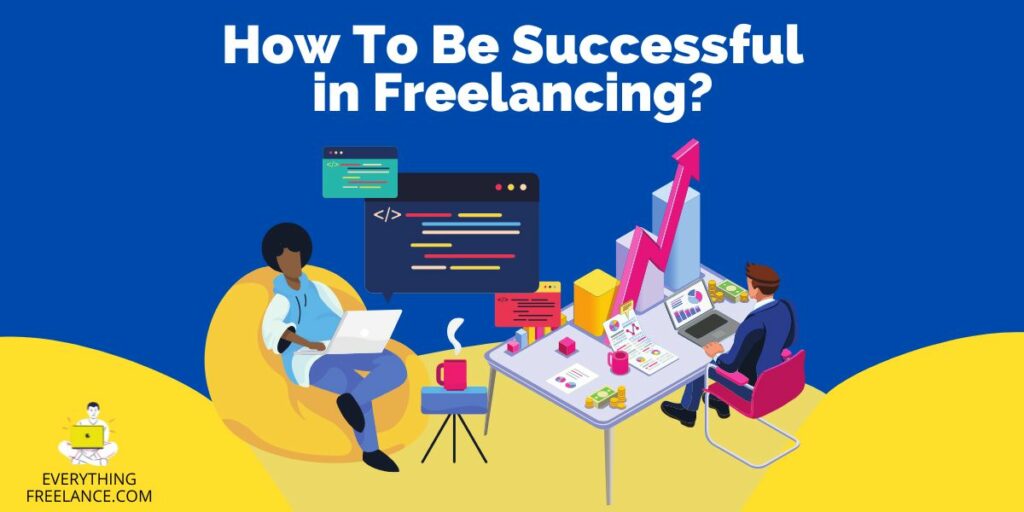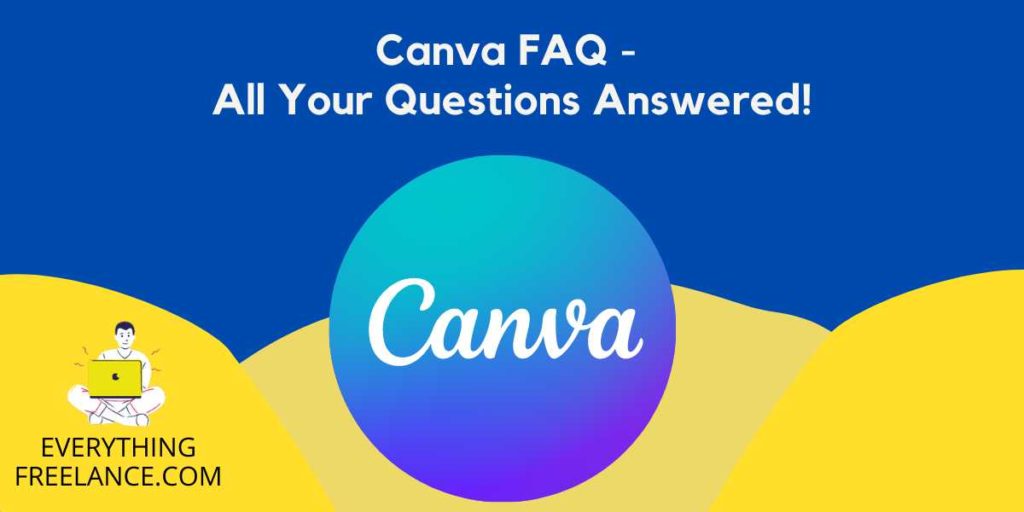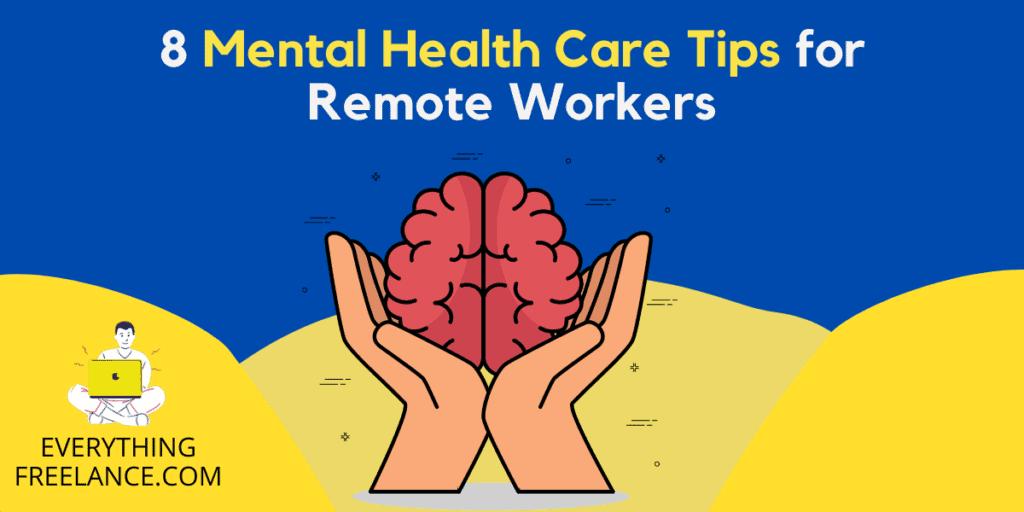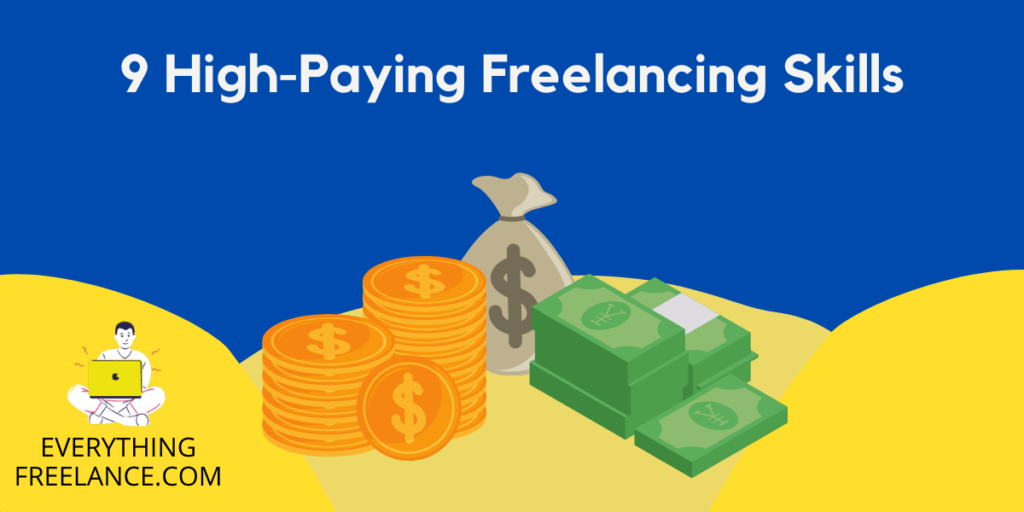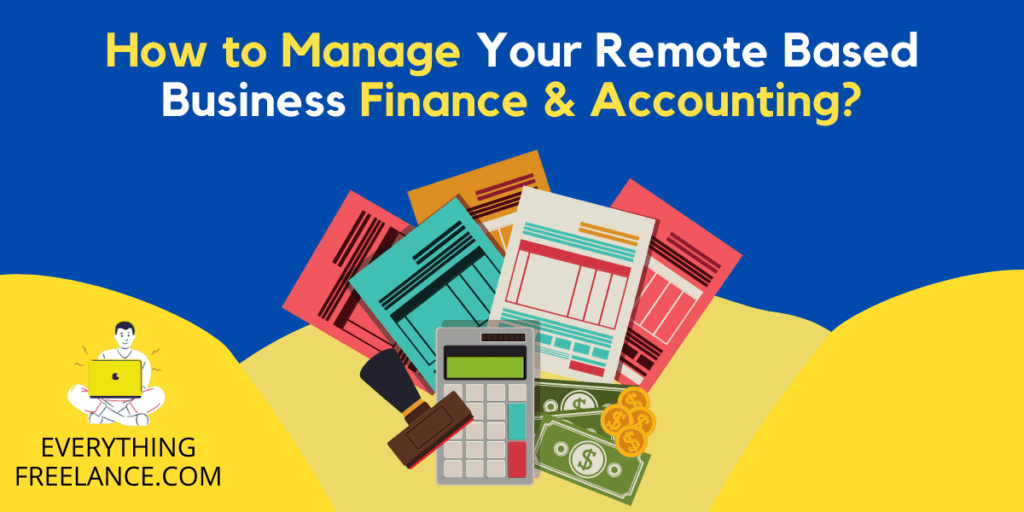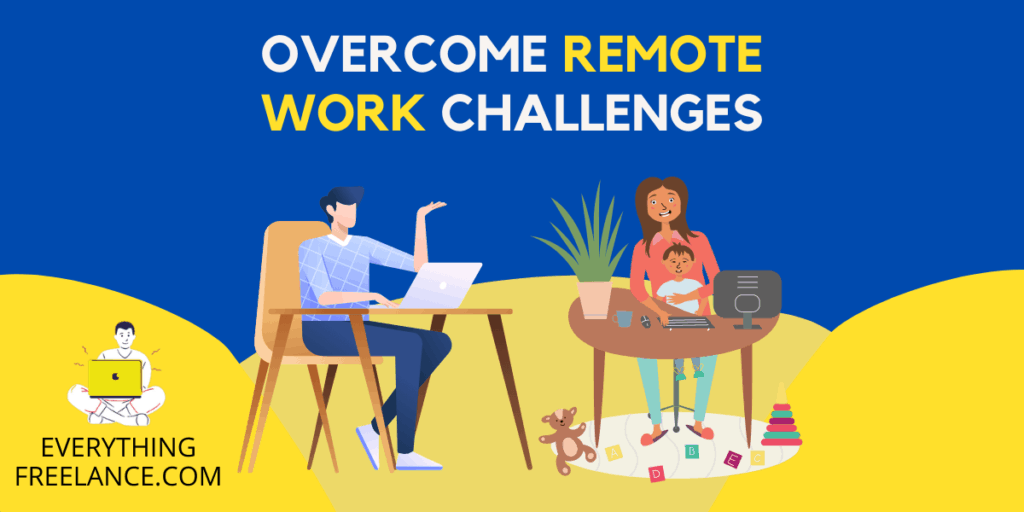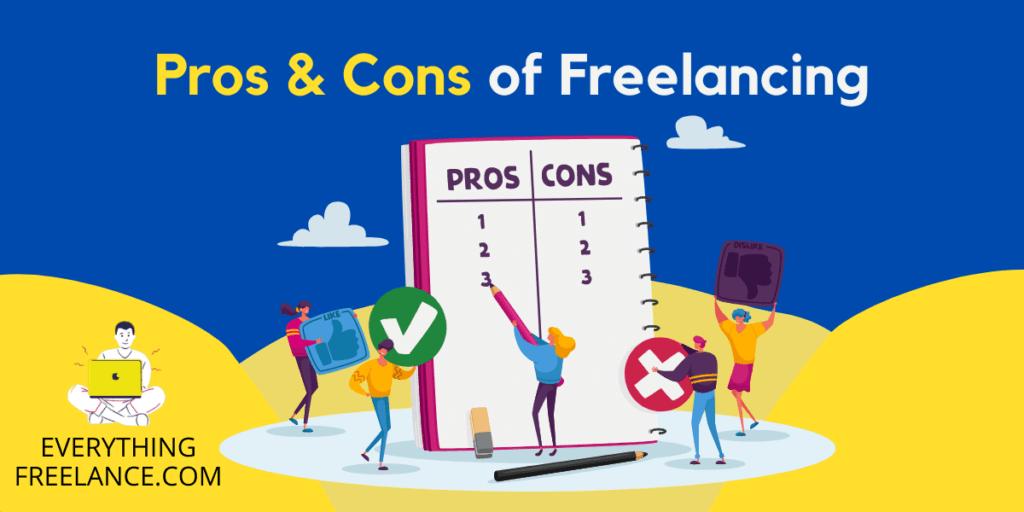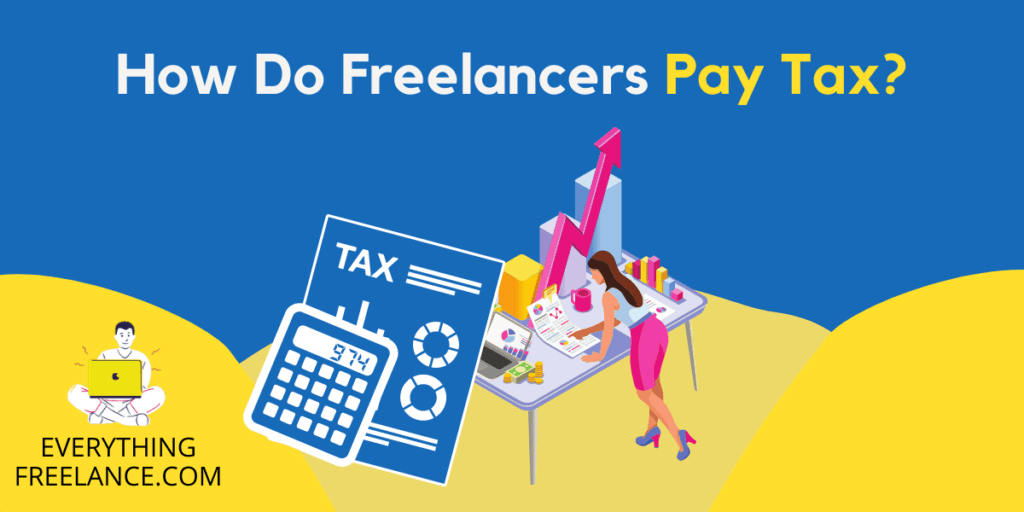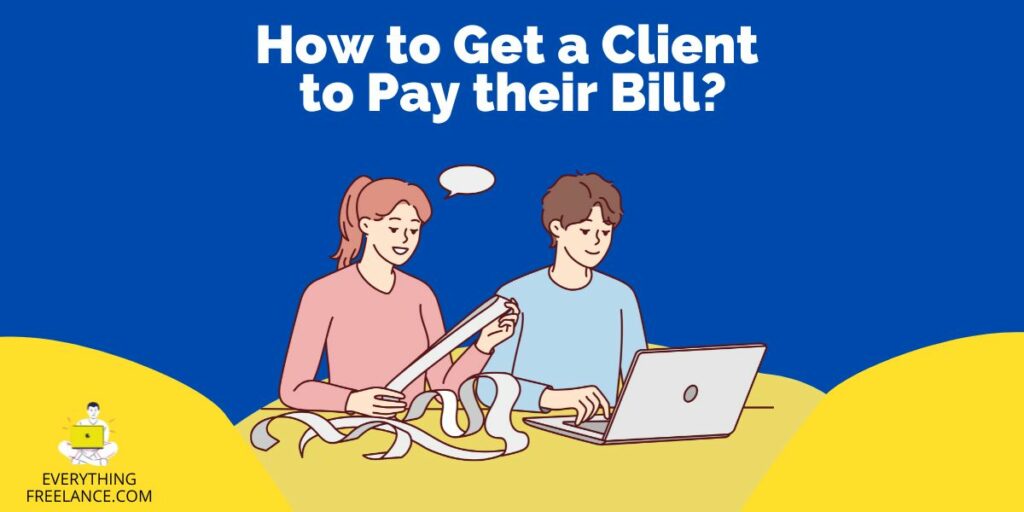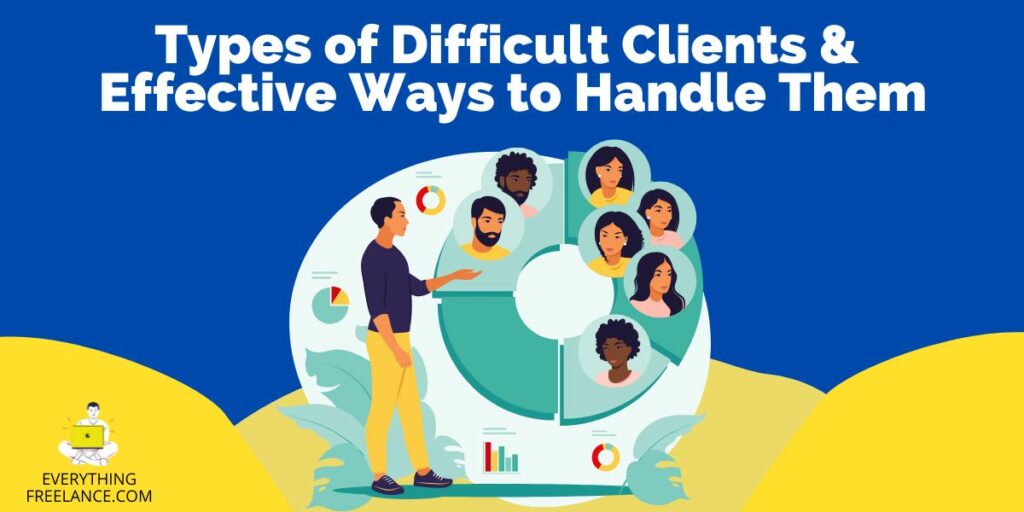Freelancing is a form of self-employment when an individual takes a contract work for a company or client. Freelancers are not employees of any company and may work independently for several companies or clients at one time. It offers more flexible work arrangements which include, remote work, workload, and income.

The gig economy is booming. Research shows that between 2005 to 2015, 94% of 10 million jobs created were either freelance. Freelancers demand across different niches and industries and a steady decline for traditional 9-5 day jobs. Being self-employed means owning your own business.
Finding a quality freelance site to book contract work includes an understanding of available jobs. The type of clients using the platform. The best freelance sites offer tools, quick payment, pricing, and security for buyers and sellers.
Freelancing is becoming a more popular path. There are opportunities in a freelance career to support multiple clients at the same time. In this article, we will guide you to a better understanding of freelance work.
1. Your Workflow will Fluctuate:
One of the biggest draws of a freelancer is flexibility. No more 9-5 working days and clocking in and out. But with that flexibility comes some ebbs and flows. Depending upon the services you offer, you need to secure clients. For some weeks, you might have a packed schedule. But then you have to wrap up a few clients and have a lighter workload for a while. While freelancing allows you to decide your work schedule, you’ll need to plan for financial and time fluctuations.
2. Need to create Structure:
It’s challenging for a successful freelancer without at least a little structure. A free-flowing schedule is a reason you might choose a freelance career. Having a work schedule will make you more productive every day, week, and month.

When you’re creating a work structure for yourself, start with quarterly and yearly goals. Create a block of time using a digital calendar to work on the various projects to accomplish those goals. Having deadlines will help you make consistent progress as a freelancer. Don’t forget to include time for your business-related tasks like planning, stress management, professional development, breaks, and personal time in your calendar.
3. You Need to Sell Yourself:
If you’re doing freelancing, you need to sell your skills and services to prospective clients. Think about how you can let clients know what makes you different and how you can solve their problems. For that, you should spend some time writing a professional bio to use when marketing your services. Building a portfolio of past work for clients.
4. Constantly Collect Feedback:
As a freelancer, you should prepare yourself to give feedback. Gathering feedback from current and past clients can be crucial for a freelancer’s success. Future clients will love seeing what people have to say before they commit.
5. Document Everything:

Freelancers don’t work for the organization. You should keep track of your income, clients’ information, contracts, and other information related to the project. You need to file taxes and report income regularly. Creating an organized documentation system is the key.
6. Your Business:
By conducting client calls, advertising your services, communicating with clients through email, you’re representing your business. As a freelancer, you need to provide positive, quick, and consistent communication with clients. Having a spelling error in a message can create a negative image for clients.
7. It Takes Time:
Overnight success rarely happens. It takes extensive planning, building, and adapting. It takes time to build a consistent client base as a freelancer. Every step you take is a step in the right direction. Give yourself time, clients will come.
Wrapping Up:
If a self-paced, flexible, and boss-free life that a freelance career path sounds appealing to you, take it one step at a time. Before you know it, you’ll have many clients. Develop a schedule for yourself, establish a pipeline and system. Grow your services, personal skills, and profit.






